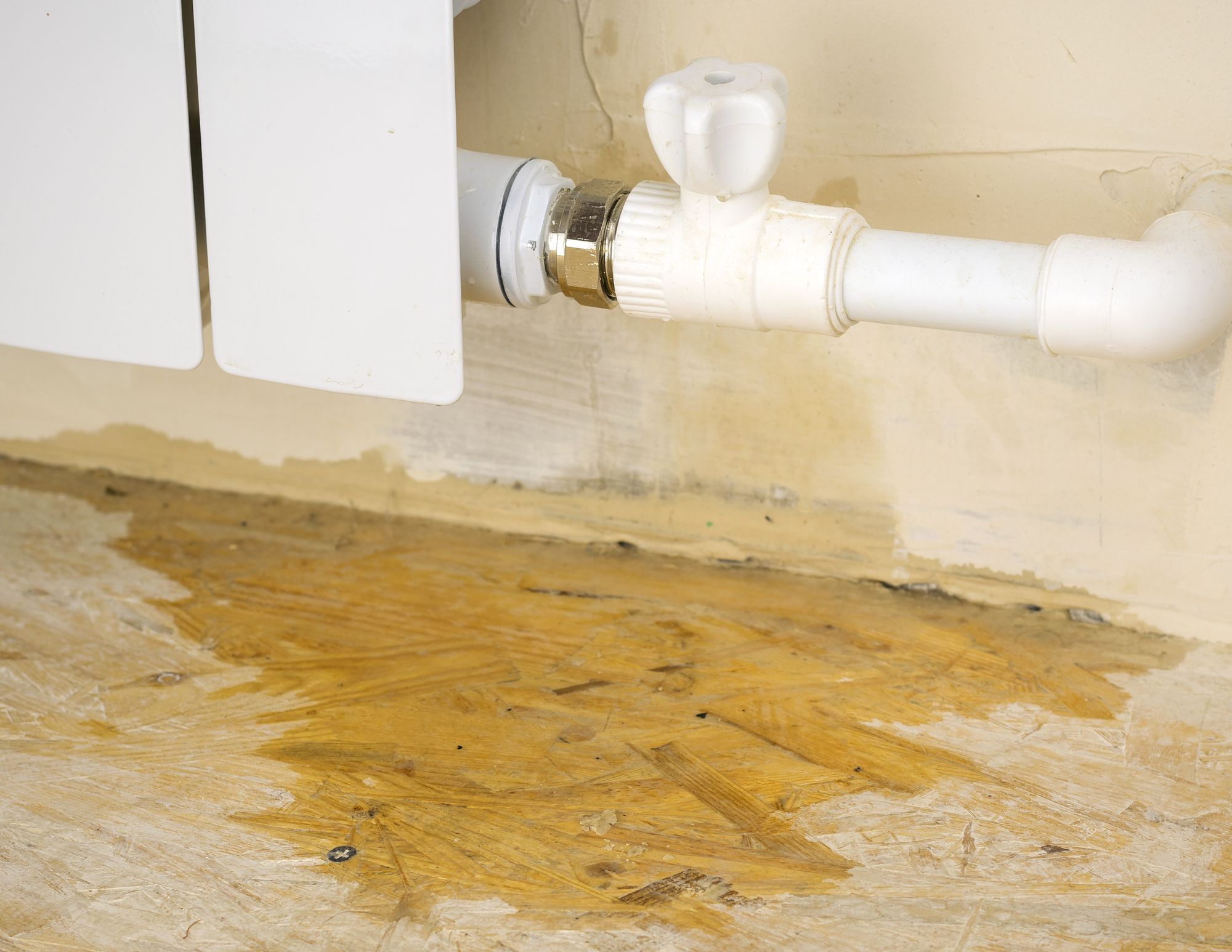The writer is making a few great annotation relating to How to detect water leaks in your home in general in the article down the page.

Leakages not just create waste of water yet can also create unneeded damages to your residence and also advertise unwanted organic growth. By understanding and also looking for daily scenarios that cause leaks, you can safeguard your house from future leaks and also unneeded damage.
Instant temperature changes.
Severe temperature level adjustments in our pipelines can cause them to expand and contract unexpectedly. This expansion and contraction might create splits in the pipelines, particularly if the temperature are below cold.
Rusty water supply
As time goes by, your plumbing system ages and rust such as corrosion might start eating away the pipes. This might be the source of staining or warping on your pipes. This requires an examination with your plumber instantly. If our plumbing system is old, consider replacing the pipelines since they are at a higher risk of deterioration than the more recent versions.
Defective Pipe Joints
Pipeline joints can weaken over time, resulting in water leaks. If you have noisy pipes that make ticking or banging sounds, especially when the warm water is turned on, your pipeline joints are probably under a great deal of stress.
Elbowing in roots
Many water leakages begin outside the house instead than inside it. You may notice damp patches or sinkholes in your yard, and that could mean that tree roots are invading water lines causing water to leak out.
Poor Water Connectors
At times, a leakage can be created by loose tubes as well as pipes that provide your home appliances. In case of a water links leak, you might notice water running straight from the supply line or puddles around your devices.
Clogged Drains
Obstructed drains may be bothersome and inconveniencing, however they can sometimes wind up creating an overflow resulting in rupture pipelines. Maintain getting rid of any type of materials that may decrease your drains that might clog them to avoid such hassles.
All the above are sources of leaks however not all water leaks result from plumbing leakages; some leakages might come from roof covering leakages. All leakages should be fixed promptly to stay clear of water damages.
Leaks not just trigger waste of water however can additionally trigger unnecessary damage to your house as well as promote unwanted natural development. By recognizing and also looking for daily circumstances that cause leakages, you can safeguard your home from future leakages and unneeded damage. Today, we will certainly look at six leak creates that may be creating your pipes to trickle.
At times, a leak can be triggered by loosened hose pipes and also pipes that provide your devices. In case of a water connections leakage, you may observe water running straight from the supply line or pools around your appliances.
How To Check For Water Leak In Your Home
How To Check for Leaks
The average household's leaks can account for nearly 10,000 gallons of water wasted every year and ten percent of homes have leaks that waste 90 gallons or more per day. Common types of leaks found in the home are worn toilet flappers, dripping faucets, and other leaking valves. These types of leaks are often easy to fix, requiring only a few tools and hardware that can pay for themselves in water savings. Fixing easily corrected household water leaks can save homeowners about 10 percent on their water bills.
To check for leaks in your home, you first need to determine whether you're wasting water and then identify the source of the leak. Here are some tips for finding leaks:
Take a look at your water usage during a colder month, such as January or February. If a family of four exceeds 12,000 gallons per month, there are serious leaks.
Check your water meter before and after a two-hour period when no water is being used. If the meter changes at all, you probably have a leak.
Identify toilet leaks by placing a drop of food coloring in the toilet tank. If any color shows up in the bowl after 10 minutes, you have a leak. (Be sure to flush immediately after the experiment to avoid staining the tank.)
Examine faucet gaskets and pipe fittings for any water on the outside of the pipe to check for surface leaks.
Undetected water leaks can happen without the home or business owner even realizing. If you suspect a water leak, but not able to find the source. It is time to contact a professional water leak detection service, The Leak Doctor.
How To Find a Water Leak In Your Home
https://www.leakdoctor.com/blog/How-To-Check-For-Water-Leak-In-Your-Home_AE197.html

Do you appreciate reading up on Most Common Causes of Leaky Pipes? Leave a comment down below. We will be pleased to find out your feelings about this blog entry. In hopes that you come back again in the future. Sharing is good. Helping others is fun. I love reading our article about How to detect water leaks in your home.
Quick fix? Dial!